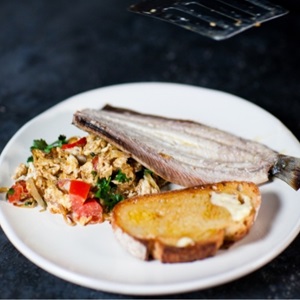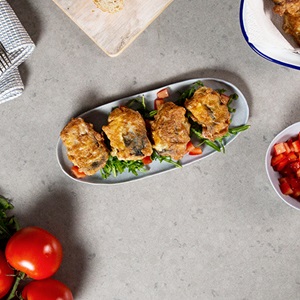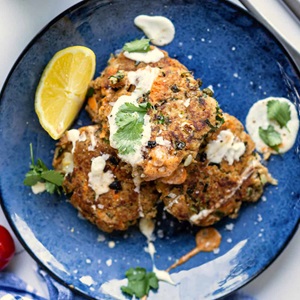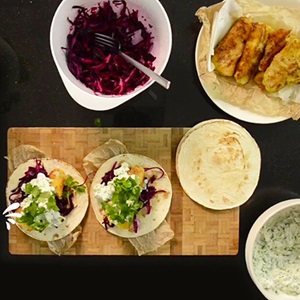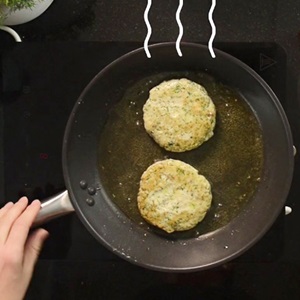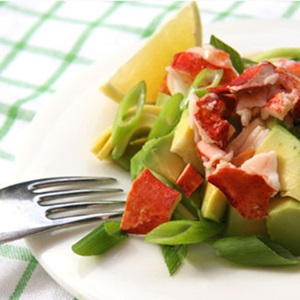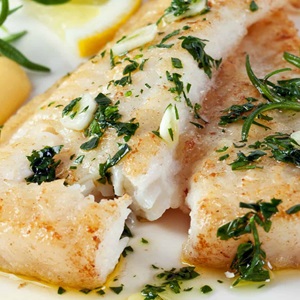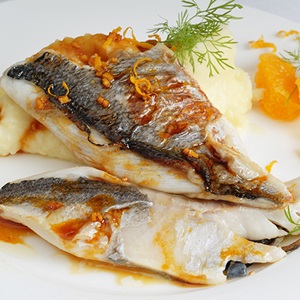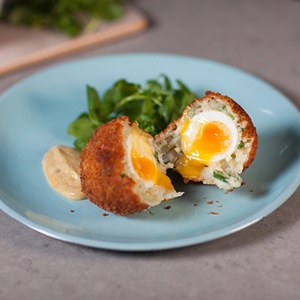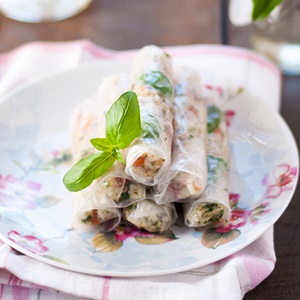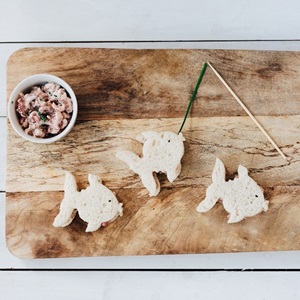Your guide to sustainable fish and seafood in Australia and New Zealand
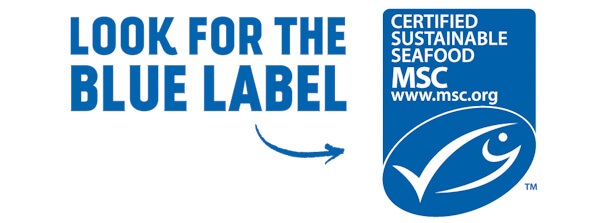
Shopping for sustainable seafood can be easy. Just look for the MSC blue fish tick label on a wide range of wild-caught seafood products available at your local supermarket in Australia and New Zealand.
What is meant by sustainable seafood?
Sustainable seafood means it’s been caught at a level where they’ll be around in the future.
Fish need time to grow and reproduce – sustainable fishing allows this to happen.
Our sustainable seafood guide makes shopping for sustainable seafood easier. Just look for the MSC’s blue fish tick on wild-caught seafood, and you’ll be supporting sustainable fishing practices.
Where to buy wild-caught sustainable seafood?
You'll find wild-caught sustainable seafood with the MSC blue fish tick in your local supermarket, select specialty retailers and restaurants.
Abalone
Abalone is a type of large, flat, sea snail, highly prized by Asian restaurants in Australia and overseas, making abalone one of Australia’s most highly-valued seafood species. Brownlip (Haliotis conicopora), greenlip (Haliotis laevigata) and Roe's abalone (Haliotis roei) are sold canned, frozen, and increasingly as fresh product, to key markets in Australia, Japan, China and South-East Asia.
Crabs
Hake
Hoki / Blue grenadier
Hoki (Macruronus novaezelandiae), also known as blue grenadier, live in the waters around southern Australia and New Zealand. Find out which hoki is sustainable and where to buy sustainable hoki.
Krill
Lobster
Lobsters are large marine crustaceans, highly prized as seafood and found throughout the world's oceans. Varieties include clawed lobsters, spiny lobsters (which have no claws), and squat lobsters. Find out which lobster is sustainable and where to buy sustainable lobster.
Mullet
A mullet is a type of ray-finned fish, meaning their fins are webs of skin supported by bony spines. Find out more about mullet, which Australian mullet is sustainable and where to buy sustainable mullet.
Sardines
Octopus
Octopus is an eight-limbed mollusc with a soft body and belong to the Cephalopoda class along with squid, cuttlefish and nautiloids. There are over 300 species of octopus inhabiting all parts of the ocean, from the shallows to the depths.. Find out more about octopus, which octopus is sustainable and where to buy sustainable octopus.
Orange roughy
Pearl oyster
The silver-lipped pearl oyster (Pinctada maxima) is the largest pearl oyster in the world. The best known Australian pearl oysters are found in Broome, and are valued for their white-silver colour with pink hues, while pearl oyster meat is considered a delicacy. Find out which pearl oysters are sustainable and where to buy sustainable pearl oyster.
Pink ling
Pink ling (Genypterus blacodes) have eel-like bodies, pink and orange in colour with brown markings. Pink ling can grow to up to 2 metres in length and have long, eel-like bodies with small scales. Find out which pink ling is sustainable and where to buy sustainable pink ling.
Pipis
The pipi (Donax deltoides), also known as the Coorong or Goolwa cockle in South Australia, is a small clam-like bivalve (shellfish) that has provided communities with sustenance for thousands of years. Find out which pipis are sustainable and where to buy sustainable pipis.
Prawns
Prawns are crustaceans from the order Decapoda, meaning 'ten-legged' (or technically, 'ten-footed'). Find out which prawns are sustainable and where to buy sustainable prawns.
Salmon
Salmon is highly valued in the human diet due to its nutritional value. Sustainable salmon is widely available in Australia and New Zealand. Just look for salmon products with the blue fish tick such as John West and Safcol tinned salmon.
Scallop
Scallops are molluscs, a group of animals that also includes snails, sea slugs, octopus, squid, clams, mussels and oysters. Discover more about scallops, cold-water bivalve molluscs enjoyed as sashimi, sushi, or grilled. Find out which scallops are sustainable and where to buy sustainable scallops.
Sea Cucumber
Southern blue whiting
Southern blue whiting (Micromesistus australis) is a codfish that are widely dispersed most of the year but form dense schools when they come together to spawn. Find out which Southern blue whiting is sustainable and where to buy sustainable Southern blue whiting.
Swordfish
Swordfish (Xiphias gladius) are a highly migratory species. Their distribution is influenced by environmental conditions and water temperature. Find out which swordfish are sustainable and where to buy sustainable swordfish.
Toothfish
Toothfish (Dissostichus eleginoides, Dissostichus mawsoni), also known as Chilean seabass, live in deep waters in the southern oceans near Antarctica. Find out which toothfish are sustainable and where to buy sustainable toothfish.
Tuna
Tuna belongs to a subgroup of the mackerel family. Tuna are nomadic species found throughout the world’s ocean. Find out which tuna is sustainable and where to buy sustainable tuna.
Should I eat farmed or wild seafood?
To ensure we have fish forever, we need both farmed seafood that is responsibly caught and wild seafood from a sustainable fishery. Certified seafood can help feed a growing world population, maintain livelihoods and communities while minimising environmental and social impacts.
For responsibly farmed seafood look for the green ASC label.
For wild caught sustainable seafood look for the blue MSC label.
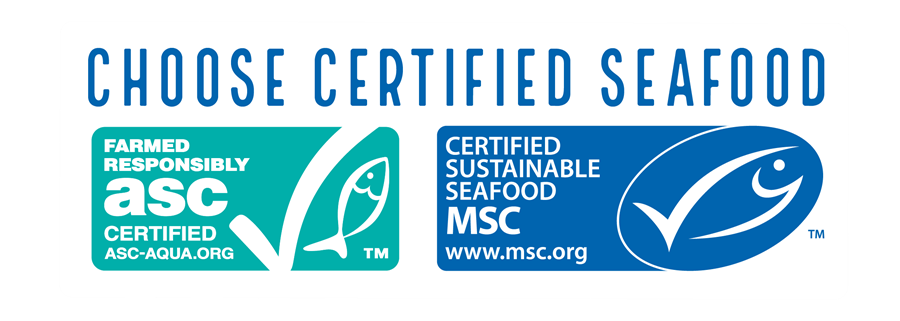
Which fishing method is the most sustainable?
We hear a lot about different fishing methods being good or bad. A range of fishing methods are used in commercial fishing from pole and line to bottom trawling. Every type of fishing gear has some effect on the ocean environment. However, if carefully managed, virtually all gear types can be used responsibly and sustainably.
Understand more about different fishing methods and gear types
Are big fishing boats bad?
Each day thousands of fishing boats go out to sea, big and small. But which is more sustainable? We tend to think small equals beautiful and big equals bad, but that's not true. A fishery's sustainability does not depend on the size of its boats - but rather its impact on the marine environment, if populations of fish remain healthy and how it’s managed.
Find out more about 'super trawlers' and why big does not mean bad
Should I only eat FAD free tuna?
'FAD free tuna’ is tuna caught without a Fish Aggregating Device (FAD). Fishing with FADs can sometimes increase the likelihood of bycatch. However, if managed well FADs can increase the efficiency of fishing and be deemed sustainable.
Why is seafood sustainability important?
According to the United Nations, over a third of all populations of fish are in decline and around 60% are fished to their limit. Sustainable seafood can help reverse this decline.
Key factors contributing to the problem are overfishing, illegal fishing and destructive fishing. The loss of species and ecosystems also has a serious impact on communities and food security.
Is sustainable seafood healthy?
Sustainable seafood can be good for you and the ocean too.
Seafood is widely considered as a nutritious source of protein and is generally low in cholesterol. Fish are rich in vitamins and minerals such as zinc, iodine, potassium, and vitamin B.
Sustainably caught seafood helps to ensure healthy and resilient oceans full of life.
Is seafood environmentally friendly?
When you choose fish and seafood labelled with the blue fish tick, it can be traced back to an MSC certified sustainable fishery. MSC certified fisheries are well managed and more prepared for environmental changes. These fisheries follow current scientific advice to ensure they catch fish sustainably.
Wild-caught fish is a low carbon food
Additional good news is that fishing has less impact on the climate than the harvesting of other proteins. A study of greenhouse gas emissions of wild fisheries found that each kg of fish caught produces between one and five kilograms of carbon. By comparison, red meat production is estimated to range from 50 to 750 kilograms of carbon per kilogram of meat.
There is also evidence that sustainable fishing helps to reduce carbon emissions by increasing efficiency. For example, increased catches mean that fishing vessels make shorter fishing trips, reducing their fuel use and carbon emissions as a result.
Eating a plant-based seafood diet with seaweed
Increasingly we want to lead healthy and sustainable lives and many of us are adopting a plant-based diet. Whether you're a pescetarian or adopt a 'seagan diet' (vegan + sustainable seafood), the rise of seaweed means its more important than ever that we sustainably harvest these carbon-sucking underwater forests.
Sustainable seafood recipes
Enjoy our wide range of tasty sustainable seafood recipes from chefs across Australia, New Zealand and around the world.
Learn how to cook with seafood

A foodie's guide to salmon
A comprehensive guide to the world's most popular fish.
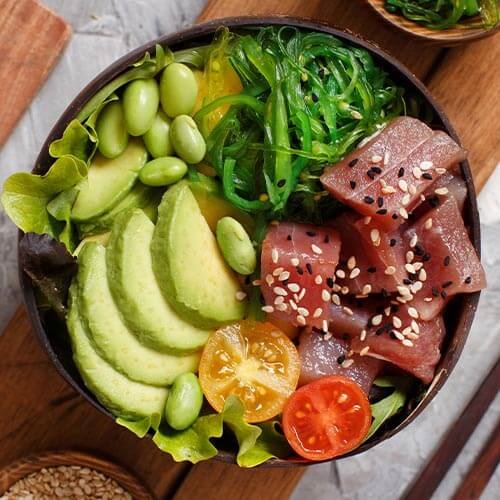
A foodie's guide to tuna
How a staple can be a gourmet dish.
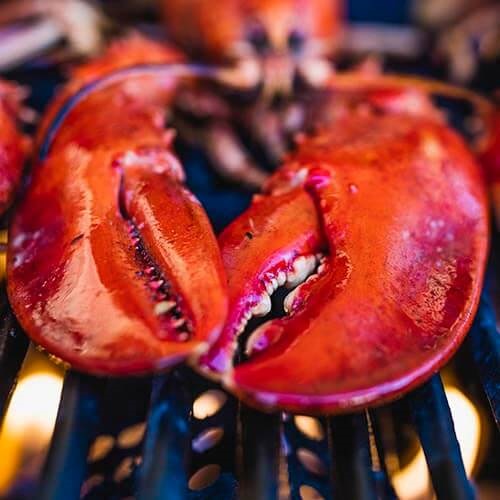
A foodie's guide to bbq shellfish
Cooking shellfish over hot coals adds a whole new dimension to seafood.
Help protect our ocean

Back on country - the Kuti Co story
Kuti Co is a Ngarrindjeri-owned enterprise providing opportunities for members of their community to get back on country harvesting kuti (aka pipis, clams or cockles) in South Australia's MSC certified Lakes and Coorong fishery.
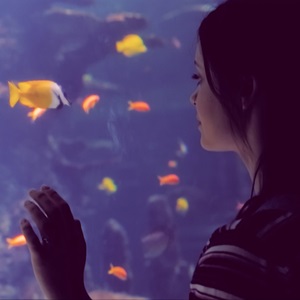
Teach and learn ocean literacy
Use our Australian and New Zealand curriculum-relevant teaching and learning resources to discover how we can help keep our oceans healthy for generations to come.
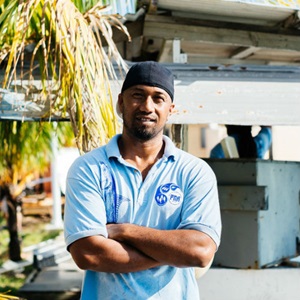
Stories from the sea
Sustainable fishing isn't always easy. Find out what it takes from the passionate people working hard so you don't have to.






















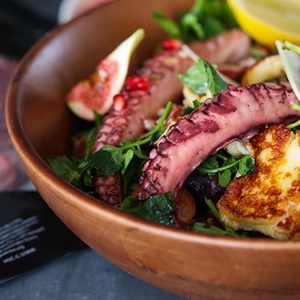

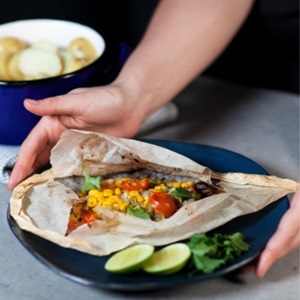
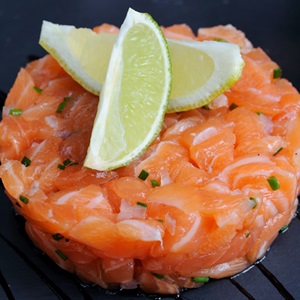
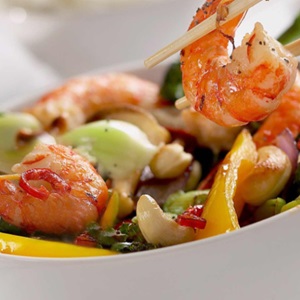
.tmb-thumb300.jpg?Culture=en&sfvrsn=1b24230c_2)

